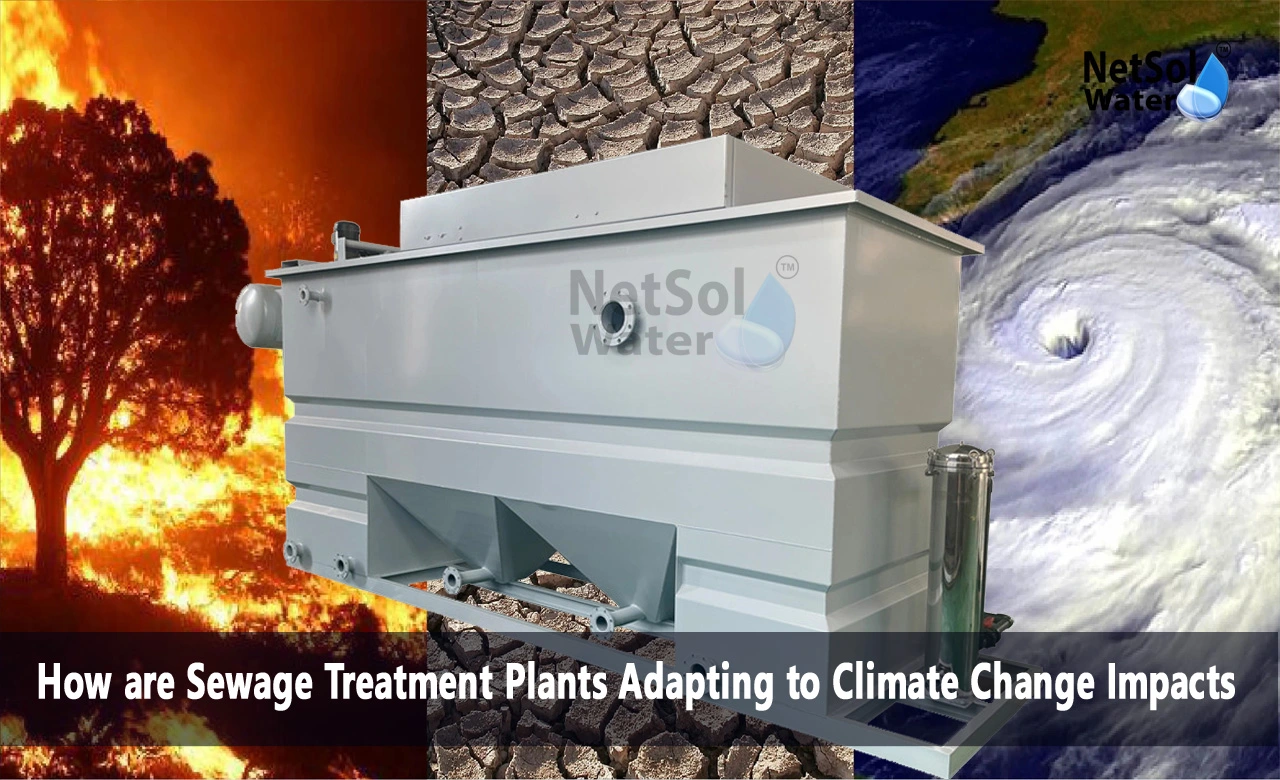How are Sewage Treatment Plants Adapting to Climate Change Impacts?
Sewage treatment plants play a crucial role in maintaining public health and environmental sustainability by treating wastewater before it is discharged back into the environment. However, climate change poses significant challenges to these facilities, including increased frequency and intensity of extreme weather events, rising sea levels, and changes in precipitation patterns. We will explore how sewage treatment plants are adapting to the impacts of climate change to ensure their resilience and effectiveness in the face of evolving environmental conditions.
Understanding Climate Change Impacts
Before explainingthe adaptation strategies, it's essential to understand the specific ways in which climate change affects sewage treatment plants.
Extreme Weather Events
Climate change leads to more frequent and severe extreme weather events such as hurricanes, floods, and storms. These events can overwhelm sewage treatment plants, causing infrastructure damage, operational disruptions, and the release of untreated wastewater into water bodies, posing serious environmental and public health risks.
Rising Sea Levels
Rising sea levels threaten coastal sewage treatment plants by increasing the risk of saltwater intrusion into freshwater sources, infiltration of sewage systems, and inundation of infrastructure. This not only compromises the efficiency of treatment processes but also jeopardizes the safety and functionality of these facilities.
Changing Precipitation Patterns
Changes in precipitation patterns, including altered rainfall intensity and distribution, affect the volume and composition of wastewater entering treatment plants. Increased rainfall can overload sewage systems, leading to sewer overflows and bypasses, while droughts can reduce water availability for dilution and treatment processes.
Adaptation Strategies
Even though climate change brings big challenges, sewage treatment plants are working on different ways to get stronger and lower risks.
Infrastructure Upgrades and Retrofits
One of the primary approaches to climate change adaptation involves upgrading and retrofitting sewage treatment plant infrastructure to withstand extreme weather events and rising sea levels. This includes elevating critical components, reinforcing structures, installing flood barriers, and implementing green infrastructure solutions such as rain gardens and permeable pavements to manage stormwater runoff.
Enhanced Operational Measures
Sewage treatment plants are implementing enhanced operational measures to cope with climate change impacts effectively. This includes optimizing treatment processes to accommodate fluctuating wastewater flows and compositions, improving monitoring and early warning systems to anticipate and respond to extreme weather events, and implementing emergency response plans to mitigate the consequences of infrastructure failures or overflows.
Incorporating Nature-Based Solutions
Nature-based solutions are becoming more popular as affordable and eco-friendly ways to adapt sewage treatment plants to climate change. These solutions use natural processes and environments to make water cleaner, lower the risk of floods, and make the whole system stronger. For example, things like constructed wetlands, strips of plants along riverbanks, and bringing back natural flood areas all help clean water better, give homes to lots of different plants and animals, and keep floods from causing big problems.
Integrated Water Management
Taking an integrated approach to managing water is really important for dealing with the big, connected problems of climate change, not having enough water, and handling wastewater. This means working together across different areas like getting water to people, cleaning up wastewater, managing stormwater, and planning how we use land. By doing this, we can use resources better, make less mess in the environment, and get stronger against climate change.
Conclusion
Climate change presents big challenges to sewage treatment plants, putting their ability to keep people healthy and protect the environment at risk. But by taking action ahead of time, like upgrading infrastructure, improving how they work, using natural solutions, and managing water better, these facilities can get stronger and keep doing their job well even as the climate changes. It's really important for policymakers, water companies, and communities to invest in sewage treatment plants that can handle the effects of climate change, so we can keep everyone healthy, protect nature, and make sure we have a sustainable future for the next generations.
Do you need an advice or assistance on selecting the best water and waste water treatment unit? We have solutions for all your problems!
Let us know your problem, our experts will make sure that it goes away.
For an assistance or related query,
Call on +91-965-060-8473 Or write us at enquiry@netsolwater.com



